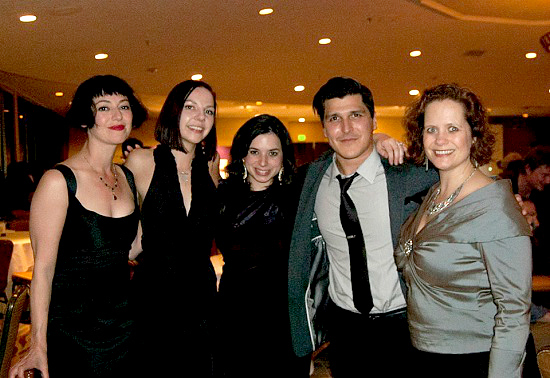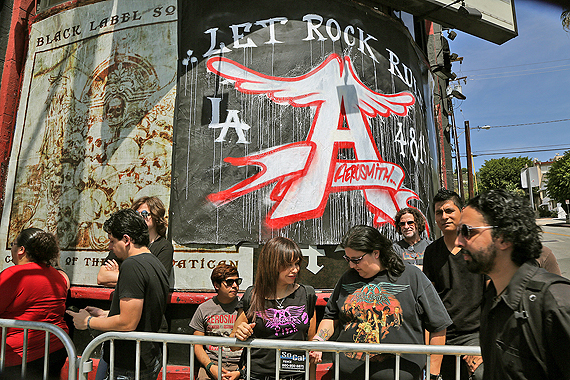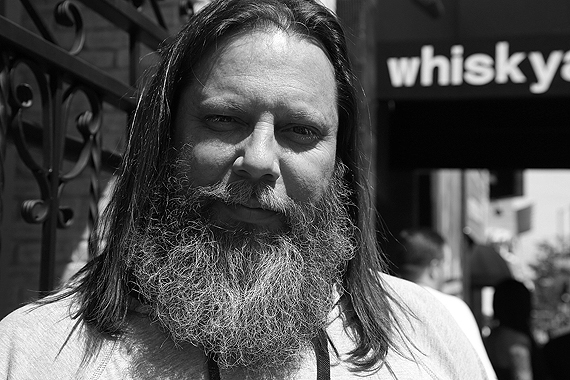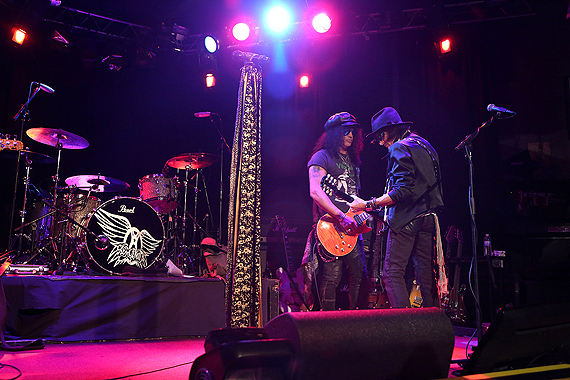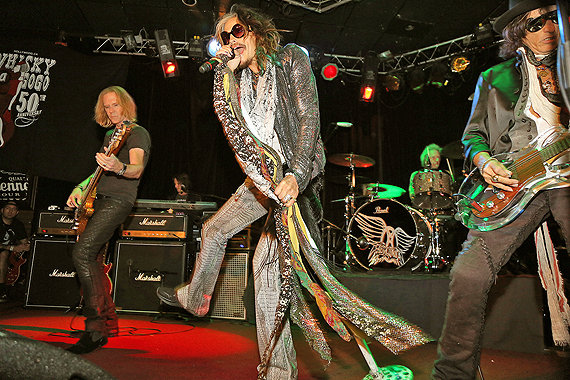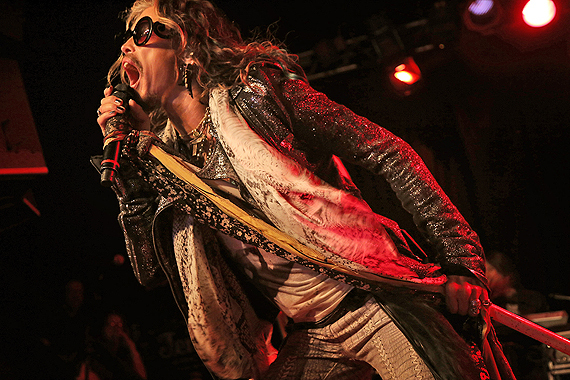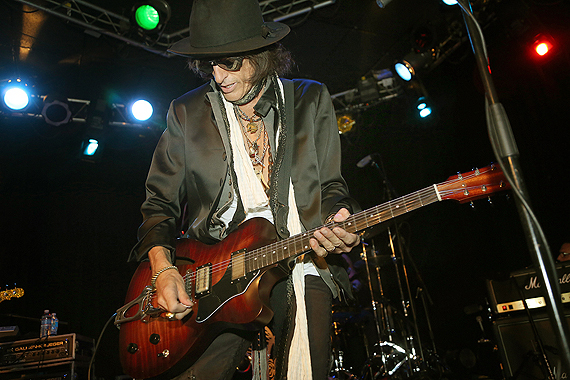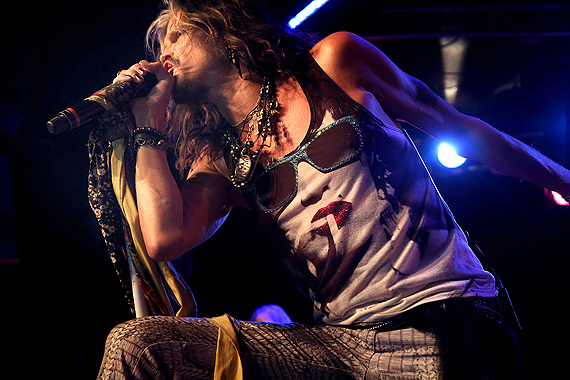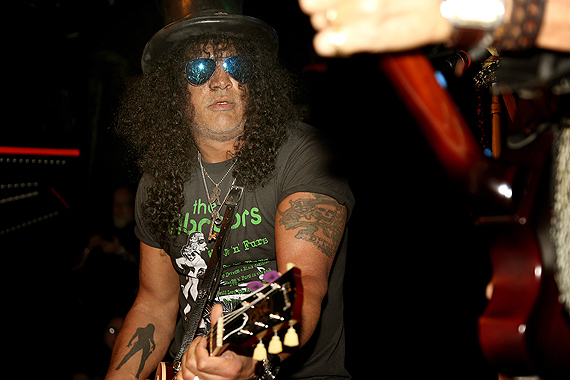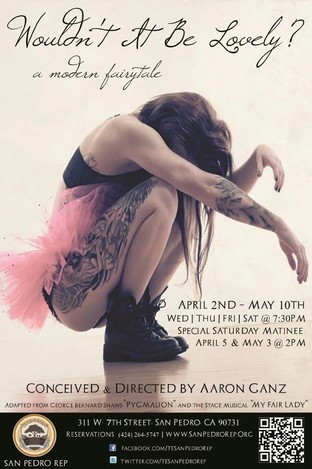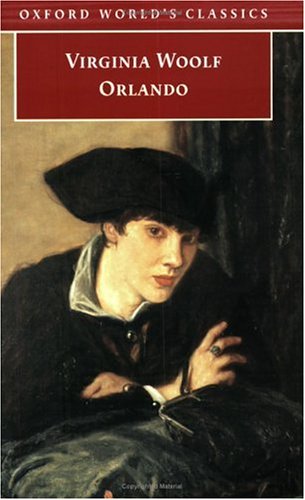Traveling to New York from suburban Philadelphia is a trek. I like to drive. No bus or train for me. On Sunday April 6, my girlfriend, Janet and I set out at about 11AM for the Big Apple to see my dear friend Heather Mac Rae in the John Van Druten play,I Remember Mama. The play runs through April 20 and I wanted to catch a performance before it reached its final stages of 'ho hum let's get this play over with' and I was rewarded.
"Look at this gymnasium turned into a study and library. How bizarre," Janet said as we entered the Judson Street gym. I was blown away by the magnitude of the space. About 15 tables covered with books and knickknacks were placed where men and women had dribbled basket balls while the ceiling was an array of track lighting positioned to light up each table.
"Follow me," said a grey haired woman usherette who led us to our seats on bleacher-like platforms. Chairs were placed on top of these platforms that lined three sides of the room. As the lights dimmed, in sauntered the cast one by one. It was a slow beginning, but grew in intensity as each of ten women who played 25 different characters drew me into her story. These women played the roles of men and women without a costume change, but merely with changes in their voices and movements.
I Remember Mama is an American classic about a Norwegian family. It is reborn in a gymnasium once filled with athletes vying for power over each other, but this Sunday there were ten women portraying the machinations, values and harmony within a family. And while the family is Norwegian, it could be any family anywhere USA, as it is about the celebration of love and respect for the family unit through joy and adversity. This subject is rare today -- in our violent video, technologically driven society in which film is either geared towards cardboard cutout lives of animation or comic book creatures brought to life with rage and murderous hearts -- that one can sit down and watch a play about remembering one's mother. A simple premise with layers of emotion built in. A relief from our pumped up hyper kinetic culture. And as each of these women entered the gym, while I did not immediately recall the characters that made these talents icons, I recognized their beautiful faces that were filled with experience. Their beauty was not the 'let's keep ourselves forever young youth culture' that has a tendency to dismiss the beauty of aging as meaningless and as inconsequential as stained toilet paper.
The Transport Theatre Company.... what a name!... chose for this show (directed by Jack Cummings III) veteran actresses from stage and screen.
These icons were: Phyllis Sommerville who played the spirited dead neighbor in the Big C, Barbara Barrie best known for Company, Louise Sorrel who starred for years in The Days of Our Lives, Lynn Cohen whom I remembered from Sex and the City, Susan Lohman known for her performance in Falling, Rita Gardner who starred in the Fantastics, Dale Soules who has filmed a starring role in Orange is the New Black, Alice Cannon known for her performance in James Joyce The Dead, Barbara Andres who was Moma and whom I remembered from On Golden Pond and my friend Heather Mac Rae who starred in Falsettos and who was in the original cast of Hair on Broadway. One of the themes of I Remember Mama is the nurturing of the family which results in the creation of a writer because of her perseverance. This tickled me. After the performance there was a Q&A in which I asked the actors, "Did any of you have difficulty with your tears about your own mother?"
"No, we use it," Louise Sorrel said.
"My mother just died and I am grateful that I could do this play," Heather said. "Some of you may remember her. Sheila Mac Rae. Acting in this play has helped me to deal with her death."
I remembered not only Sheila Mac Rae, but my own mother as the play ended and I dried my eyes.
"Let's all go to dinner. I know a cute bistro around the corner," Heather said and off we went.
Sadly, I did not have time to go to the gallery opening of Sally Benton, also an old friend, who had drawn my portrait when I performed in Stepford Wives as one of the wives. Sally, a Yale graduate, has been dedicated to painting while married to Oscar-winning director (Kramer vs. Kramer) Robert Benton. I would have to miss her show at the First Street Gallery that featured portraits that 'feel the person' and reveal the inner life of the sitter. Maybe I could make it up again as it sounded much like what I believe good writing is as well. Sally's show does not close until April 26. But this trip had been devoted to I Remember Mama which The New York Times Ben Brantley called, "Inspired. Charming." And made it a Critics' Pick which was apparent as it was sold out. I was happy I had caught it. As to Sally Benton's magnificent art, I would still try to catch it. But that's another trip!
http://malloryhollywoodeast.blogspot.com/
"Look at this gymnasium turned into a study and library. How bizarre," Janet said as we entered the Judson Street gym. I was blown away by the magnitude of the space. About 15 tables covered with books and knickknacks were placed where men and women had dribbled basket balls while the ceiling was an array of track lighting positioned to light up each table.
"Follow me," said a grey haired woman usherette who led us to our seats on bleacher-like platforms. Chairs were placed on top of these platforms that lined three sides of the room. As the lights dimmed, in sauntered the cast one by one. It was a slow beginning, but grew in intensity as each of ten women who played 25 different characters drew me into her story. These women played the roles of men and women without a costume change, but merely with changes in their voices and movements.
I Remember Mama is an American classic about a Norwegian family. It is reborn in a gymnasium once filled with athletes vying for power over each other, but this Sunday there were ten women portraying the machinations, values and harmony within a family. And while the family is Norwegian, it could be any family anywhere USA, as it is about the celebration of love and respect for the family unit through joy and adversity. This subject is rare today -- in our violent video, technologically driven society in which film is either geared towards cardboard cutout lives of animation or comic book creatures brought to life with rage and murderous hearts -- that one can sit down and watch a play about remembering one's mother. A simple premise with layers of emotion built in. A relief from our pumped up hyper kinetic culture. And as each of these women entered the gym, while I did not immediately recall the characters that made these talents icons, I recognized their beautiful faces that were filled with experience. Their beauty was not the 'let's keep ourselves forever young youth culture' that has a tendency to dismiss the beauty of aging as meaningless and as inconsequential as stained toilet paper.
The Transport Theatre Company.... what a name!... chose for this show (directed by Jack Cummings III) veteran actresses from stage and screen.
These icons were: Phyllis Sommerville who played the spirited dead neighbor in the Big C, Barbara Barrie best known for Company, Louise Sorrel who starred for years in The Days of Our Lives, Lynn Cohen whom I remembered from Sex and the City, Susan Lohman known for her performance in Falling, Rita Gardner who starred in the Fantastics, Dale Soules who has filmed a starring role in Orange is the New Black, Alice Cannon known for her performance in James Joyce The Dead, Barbara Andres who was Moma and whom I remembered from On Golden Pond and my friend Heather Mac Rae who starred in Falsettos and who was in the original cast of Hair on Broadway. One of the themes of I Remember Mama is the nurturing of the family which results in the creation of a writer because of her perseverance. This tickled me. After the performance there was a Q&A in which I asked the actors, "Did any of you have difficulty with your tears about your own mother?"
"No, we use it," Louise Sorrel said.
"My mother just died and I am grateful that I could do this play," Heather said. "Some of you may remember her. Sheila Mac Rae. Acting in this play has helped me to deal with her death."
I remembered not only Sheila Mac Rae, but my own mother as the play ended and I dried my eyes.
"Let's all go to dinner. I know a cute bistro around the corner," Heather said and off we went.
Sadly, I did not have time to go to the gallery opening of Sally Benton, also an old friend, who had drawn my portrait when I performed in Stepford Wives as one of the wives. Sally, a Yale graduate, has been dedicated to painting while married to Oscar-winning director (Kramer vs. Kramer) Robert Benton. I would have to miss her show at the First Street Gallery that featured portraits that 'feel the person' and reveal the inner life of the sitter. Maybe I could make it up again as it sounded much like what I believe good writing is as well. Sally's show does not close until April 26. But this trip had been devoted to I Remember Mama which The New York Times Ben Brantley called, "Inspired. Charming." And made it a Critics' Pick which was apparent as it was sold out. I was happy I had caught it. As to Sally Benton's magnificent art, I would still try to catch it. But that's another trip!
http://malloryhollywoodeast.blogspot.com/










